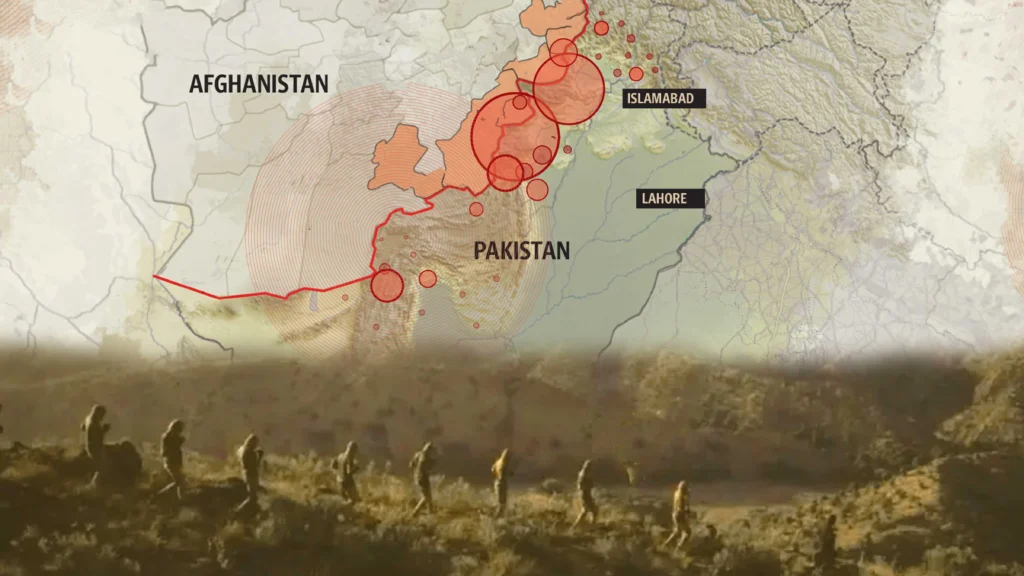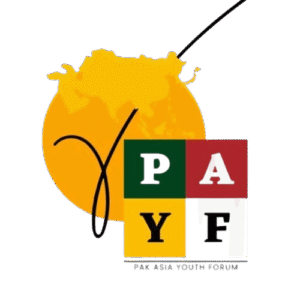For more than four decades, Afghanistan’s story has been written in the language of war. From the Soviet invasion in 1979, to the civil wars of the 1990s, to the U.S.-led intervention after 9/11, and now the Taliban’s return in 2021, the country has known little but upheaval. Yet, behind the headlines of geopolitics and militancy, there is another story: of families torn apart, of traders and border villagers caught in cycles of fear, of students whose futures vanish overnight. It is a story that reminds us that militancy is not a solution, but a curse that weighs heaviest on ordinary people.
The Human Toll of Militancy
The cost of war is carved into everyday Afghan lives. Nearly 22.9 million Afghans now depend on humanitarian aid just to survive. Conflict has displaced over 3.25 million people within Afghanistan, while millions more live as refugees abroad. In Pakistan alone, 1.75 million Afghan refugees are registered, with another 1.55 million living in limbo without full protection.
Hunger is another battlefield. About 12.6 million Afghans, 28% of the population, face acute food insecurity. Hospitals that once offered fragile hope are shutting their doors; one in three is no longer functional. Classrooms too are closing, not only from poverty but from policies that bar girls from attending. These are not just statistics; they are childhoods stolen, dreams delayed, and lives lived in survival mode.
As if man-made disasters were not enough, nature has struck too. In September 2025, an earthquake in eastern Afghanistan killed over 2,200 people, destroyed more than 7,000 homes, and left nearly half a million affected. Families already displaced by conflict now face another cruel displacement, this time from their own shattered homes.
Instability Across Borders
Afghanistan’s instability spills far beyond its borders. In Pakistan, militant groups operating from Afghan soil have carried out attacks, taking civilian lives and disrupting fragile communities. For border villagers, this means living under the shadow of both conflict and poverty. Traders see their goods rot when crossings shut down. Students find their dreams broken by travel restrictions. Each border closure becomes another reminder that instability does not stop at a line on the map.
Journalists too have paid dearly. Since 2001, more than 80 Afghan reporters have been killed. Many others live in hiding or exile. Their silenced voices mean that countless human stories, from the mothers who walk miles for medicine to the children denied schooling, are left untold.
The International Community & the UN
The United Nations has long warned of the unfolding catastrophe. Agencies like UNICEF and OCHA plead for more funding to keep schools open, feed hungry families, and support health services. The UN Security Council voices concern about restrictions on women and girls, and the erosion of rights. Yet, global attention wavers, and donor fatigue leaves many appeals unanswered.
The United States froze Afghan assets after 2021, worsening an already collapsing economy, while pledging humanitarian aid. European countries condemned rights violations but offered little more than resettlement and short-term support. Regional powers like China, Russia, and Iran focus mainly on security concerns, fearful that militancy may spill into Central Asia. In this fractured response, civilians remain the forgotten centre.
Pakistan’s Stance & Burden
For Pakistan, Afghanistan’s turmoil is both a neighbour’s tragedy and a domestic reality. With 1.75 millionAfghan refugees registered and millions more undocumented, Pakistan has carried a disproportionate humanitarian load. Refugee families often struggle for legal recognition, jobs, or access to schools and hospitals. Many have lived for decades in uncertainty, their children born in Pakistan yet denied full rights.
Pakistan has repeatedly raised this burden at international forums, calling for global responsibility-sharing. Yet the strain is clear: fragile infrastructure and limited resources are stretched thin under the pressure of hosting millions. Militancy crossing the border has also fuelled violence inside Pakistan, costing lives in its frontier provinces. For ordinary Pakistanis living along the border, instability means disrupted trade, curtailed schooling, and constant fear.
Pakistan’s message has remained consistent: Afghanistan needs an inclusive political settlement, but above all, the world must prioritize civilians, through aid, economic recovery, and rights protection, rather than isolation.
Conclusion
Afghanistan’s war is often discussed in terms of politics, militancy, or power shifts. But its true story is found in the faces of its people: in a mother who must choose between bread or medicine, in a father burying a child lost to hunger, in students watching their futures collapse. Militancy, in every form, has proven not to liberate but to destroy.
The way forward must centre humanity. Aid must reach the most vulnerable. Women and children must be given back their schools and hospitals. Regional cooperation must replace mistrust. And international commitments must go beyond statements to real action. Afghanistan’s people deserve more than survival. They deserve dignity, hope, and peace. Militancy has only deepened their suffering; humanity must now offer them a future.



